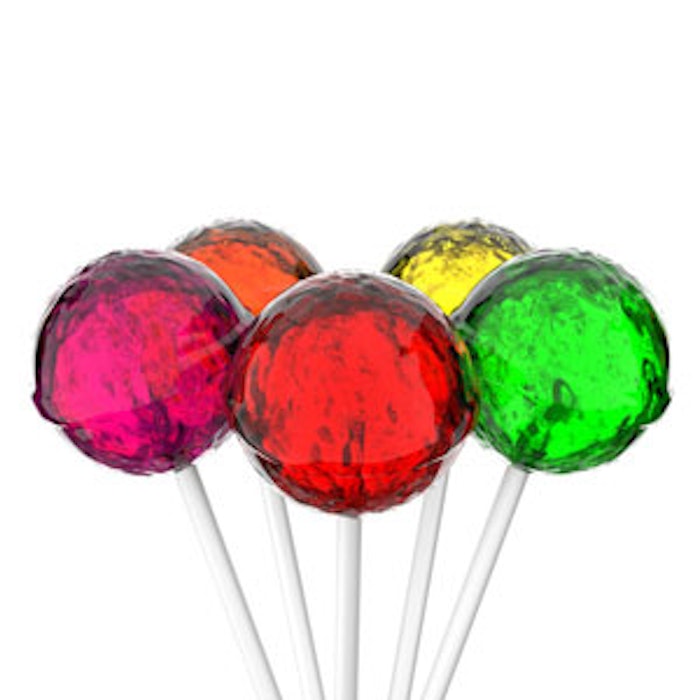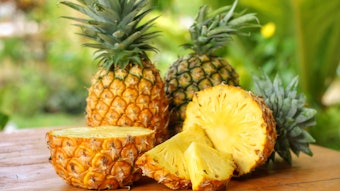
Although the hard candy and lollipop segment has been pretty steady, it hasn’t stopped candy makers from finding a sweeter spot for their confectionary creationsT. According to a recent article on www.candyindustry.com, unusual flavors, natural ingredients and potential branding in new areas are pushing the trends in 2016.
1. Better-for-you Ingredients
As with many other types of candy, lollipop-makers are looking for ways to develop “cleaner” pieces of candy. “Better-for-you ingredients are now being asked for, such as tapioca syrup, rice syrup, evaporated cane juice, natural colors and flavors,” said Rick Griseto, VP of sales and marketing, Primrose Candy Co.
The biggest challenge, though, is the cost of sugar— an important ingredient in making lollipops. “The goal is to keep this commodity type candy from going 100% to off-shore competitors that have the ability to purchase world sugar,” said Griseto.
2. Weird, but Not Too Weird, Flavors
Absinthe? Maple bacon? Habanero tequila? These are just some of the flavors lollipop makers, like Lollyphile, are creating. However, the biggest challenge is coming up with ones that are weird without being off-putting, said Jason Darling, owner of Lollyphile.
Having adventurous tastes comes with the added bonus of leading in flavor trends. “We were the first company to make bacon (or maple bacon) hard candy, and the first to make Sriracha hard candy,” added Darling. “People watch us pretty closely.”
3. Charting New Territories
Amid growing concerns over sugar, candy has a chance to rebrand itself.
“Gums and mints have evolved and have become functional and deliver benefits, such as fresh breath,” said Tim Morse, father of Zollipops founder. “Candy has not taken advantage of this opportunity fully and positioned itself as functional and healthy.”
Zollipops are made with xylitol, erythritol, Stevia and other natural ingredients. The lollipops help fight cavities by neutralizing acid, thereby raising the pH level inside the mouth and reducing bacteria.
Read the complete article at www.candyindustry.com (source).










